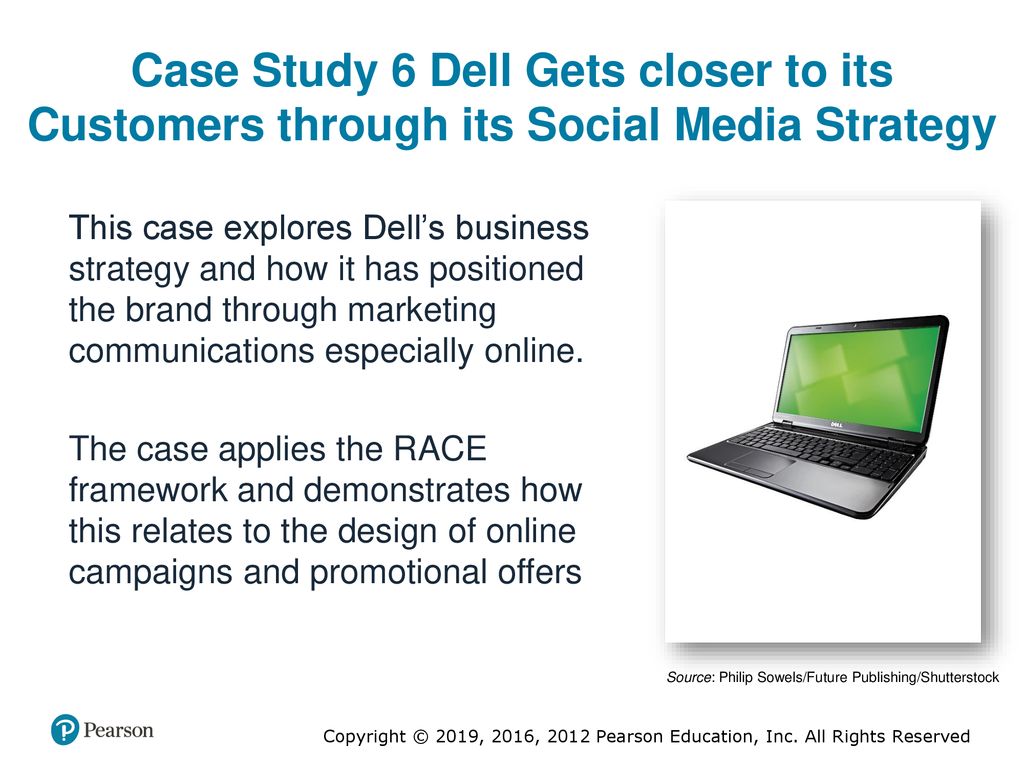

In the first quarter of this year, Lenovo had just 20 percent of the PC market, just barely ahead of Hewlett-Packard’s 19 percent.įurthermore, Lenovo is barely profitable. ThinkPad, in my opinion, could have become the dominant personal-computer brand worldwide, but not with the Lenovo name. So ThinkPad became just another Lenovo product. Single-brand thinking is rife in the boardrooms of corporations worldwide. You might have thought that Lenovo (a weak name in the English language) would have used ThinkPad as a brand name for its computer line. Included in the deal was “ThinkPad,” IBM’s model name for its laptop computers. The company made a major mistake in my opinion by not giving its new smartwatch a new brand name.Ĭonsider Lenovo, the company that bought IBM’s personal-computer operations. Now, which company had the better marketing strategy? The single brand company (IBM) or the multiple-brand company (Apple)?Įven Apple doesn’t always follow Apple. And net profits of $53 billion, more than four times as much as IBM. Last year, Apple had revenues of $234 billion, almost three times as much as IBM.

That year, Apple had revenues of just $8 billion, one-tenth as much.

Go back to the year 2000, when IBM had revenues of $88 billion. Then, of course, Apple introduced three more new products all with new brand names: iPod, iPhone and iPad.

Apple called its advanced personal computer “Macintosh,” a brand name that still resonates with high-end PC buyers today. So Apple followed suit with an advanced personal computer of its own.īut not with the Apple brand name. Apple was the largest-selling personal computer (an 8-bit machine) when IBM introduced its 16-bit machine. In the next 23 years, IBM lost a reported $15 billion on personal computers, finally selling its PC operations to Lenovo for $1.75 billion.Ĭompare IBM, a single-brand company, with Apple, a multiple-brand company. But instead of giving the new product a new brand name, the company hung the IBM name on its PC. In 1981, IBM had a great opportunity to become a multiple-brand company when it introduced the first 16-bit personal computer. Fifteen years later in the year 2015, IBM had $82 billion in revenues, a decline of 7 percent. In the year 2000, IBM had $88 billion in revenues. In recent years, IBM has spent $30 billion on acquisitions, including $5 billion last year alone. Look at IBM, once one of the largest, most-profitable companies in the world. In a world where technologies are rapidly changing, a single-brand company is at a strong disadvantage. It’s time for CMOs to focus on the major marketing issue of the 21st century.Įver since the turn of the century, the agendas of chief marketing officers have been focused on: (1) The Internet, and (2) Big data.ĬMOs should devote their time to what I believe is the major marketing issue of the 21 st century.


 0 kommentar(er)
0 kommentar(er)
